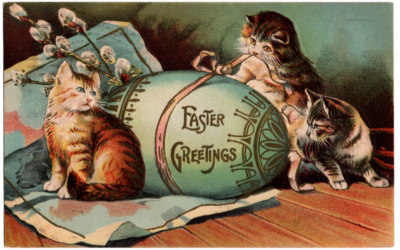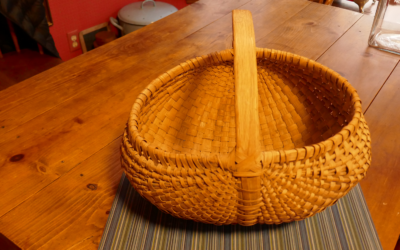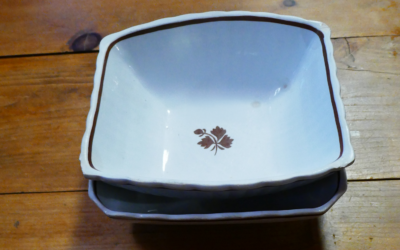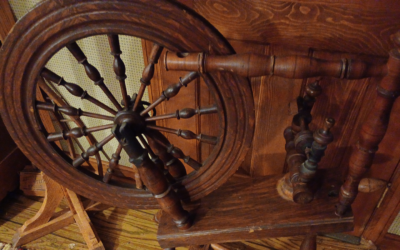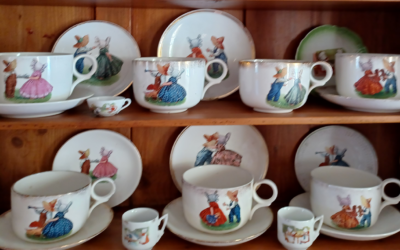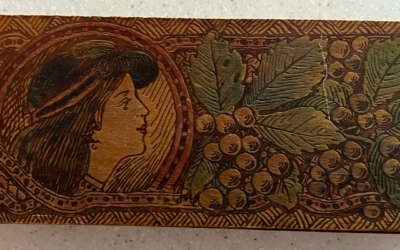The History of Easter Eggs and Easter Bunnies
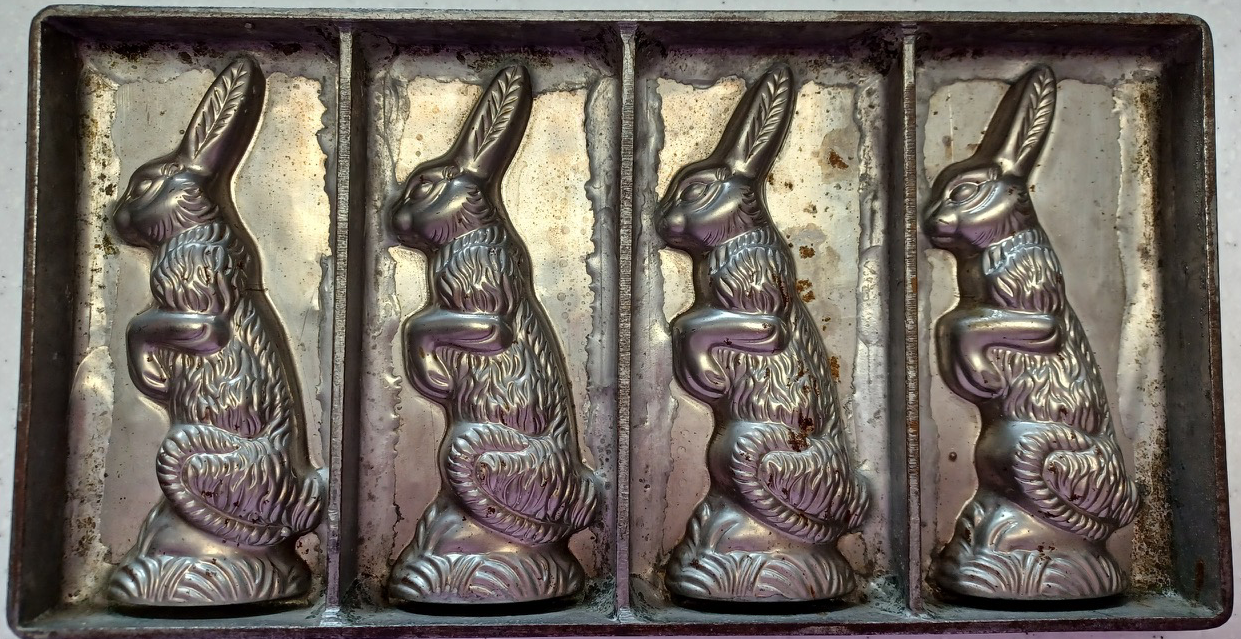
Written by Sally Thompson
Easter is one of the most widely celebrated holidays around the world, blending Christian traditions with much older pagan customs. Two of the most recognizable symbols of Easter—the egg and the bunny—have fascinating histories that stretch back centuries. Though today we associate them with chocolate treats and festive hunts, their origins are deeply rooted in religious, cultural, and mythological traditions
The Egg: A Symbol of New Life
Eggs have long been linked to fertility, renewal, and the cycle of life. Ancient civilizations, including the Egyptians, Persians, and Romans, saw the egg as a symbol of rebirth and new beginnings. As spring arrived, people would decorate eggs and exchange them as gifts to celebrate the changing of seasons.
When Christianity spread across Europe, the egg became a powerful symbol of Jesus Christ’s resurrection. During Lent, the 40-day fasting period leading up to Easter, eggs were often one of the foods that people refrained from eating. However, once Easter Sunday arrived, eggs were cooked, decorated, and enjoyed in celebration of Christ’s rising from the dead.
One of the most famous Easter egg traditions comes from Eastern Europe, particularly in Ukraine, where the art of pysanky (intricately decorated eggs) has been practiced for generations. These eggs, adorned with elaborate designs and bright colors, hold deep cultural and religious significance.
In the Western world, the tradition of dyeing eggs became popular in medieval times, with red being a favored color, symbolizing Christ’s blood. Over time, this custom evolved, leading to modern Easter egg hunts and the introduction of chocolate eggs in the 19th century, first produced in France and Germany.

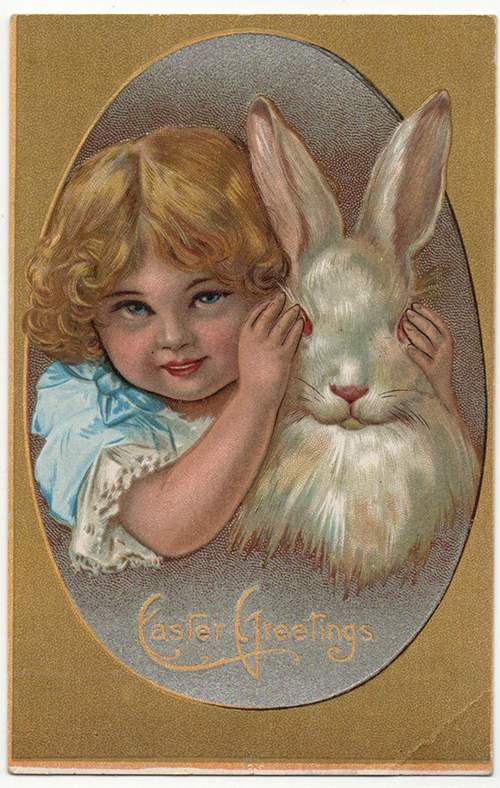
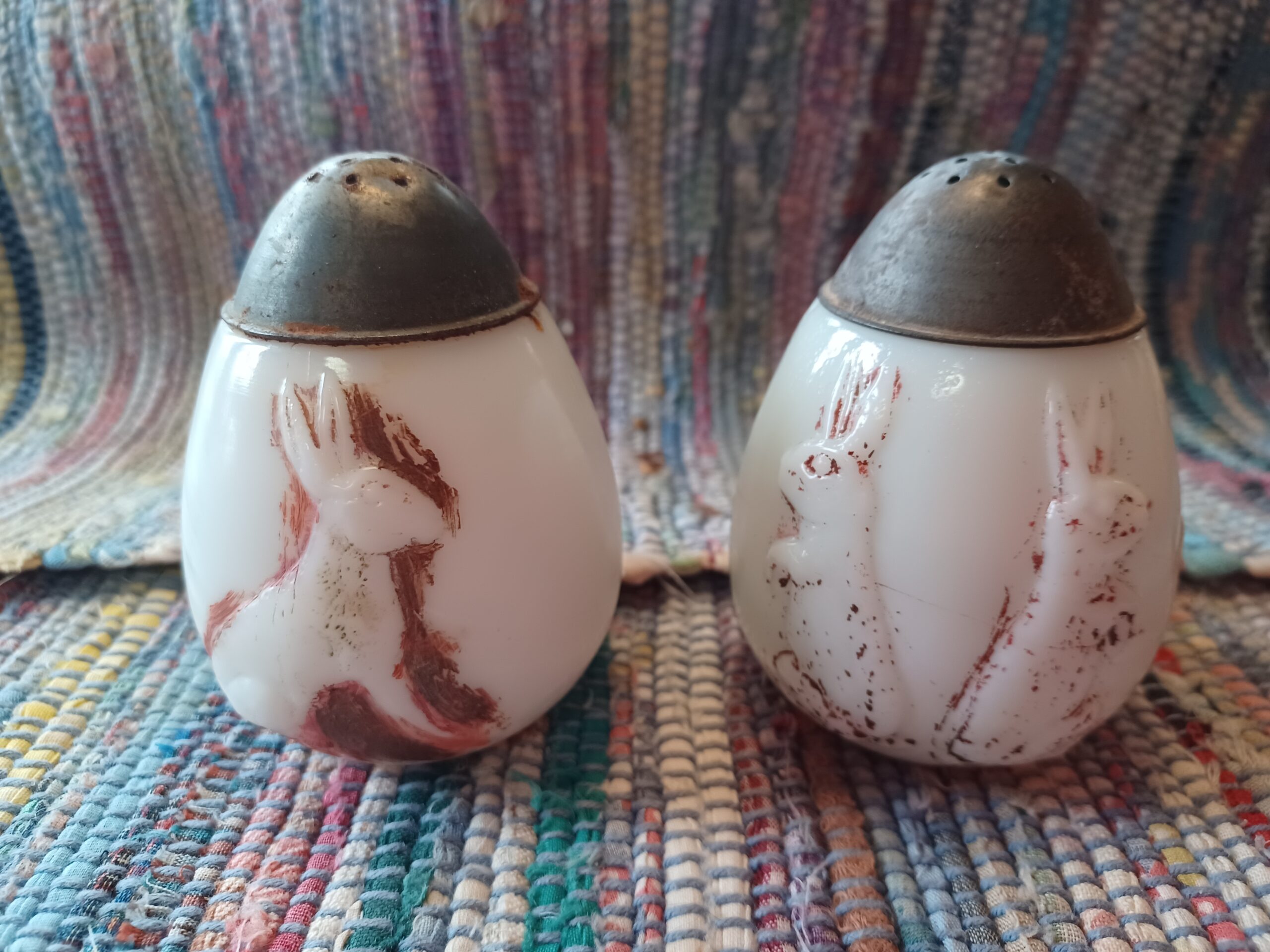
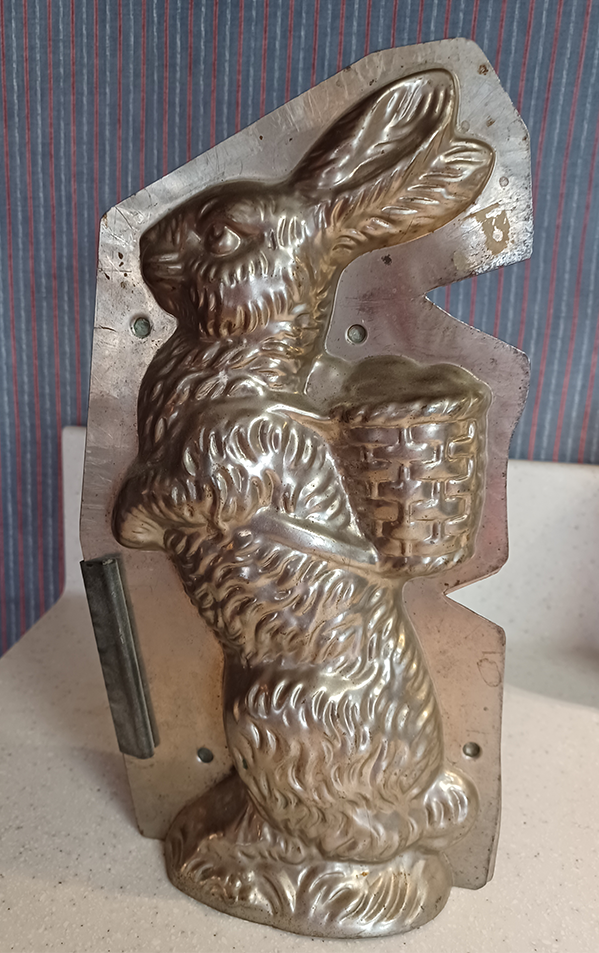
The Easter Bunny: A Mysterious Messenger
The Easter Bunny has a slightly more mysterious origin, but it is widely believed to have roots in ancient pagan fertility traditions. The rabbit, known for its incredible reproductive abilities, was associated with Eostre, the Anglo-Saxon goddess of spring and fertility. The name “Easter” itself is thought to be derived from Eostre, and her festival celebrated renewal, much like the holiday we recognize today.
The first known written reference to an Easter Bunny-like figure comes from Germany in the 1600s. According to folklore, “Osterhase” (Easter Hare) would visit children and lay colorful eggs in nests they had prepared. This tradition was brought to America by German immigrants in the 1700s, particularly in Pennsylvania, where the practice of making Easter nests evolved into today’s Easter baskets.
Over time, the Easter Bunny transformed into the friendly, gift-giving character we recognize today. The hare was eventually replaced by a rabbit, and as commercialism grew in the 19th and 20th centuries, the Easter Bunny began delivering chocolate eggs, marshmallow candies, and other sweet treats to children.
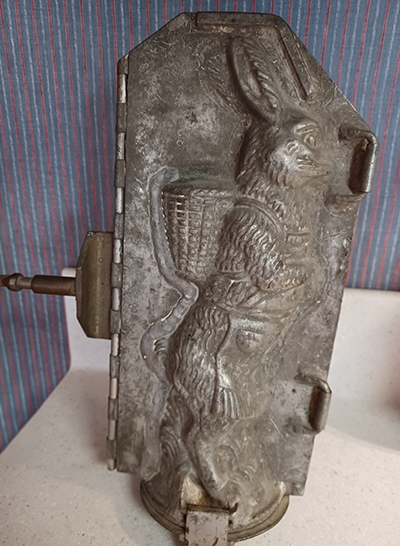
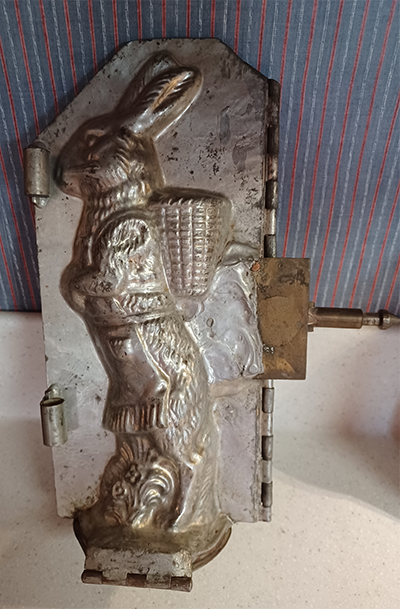
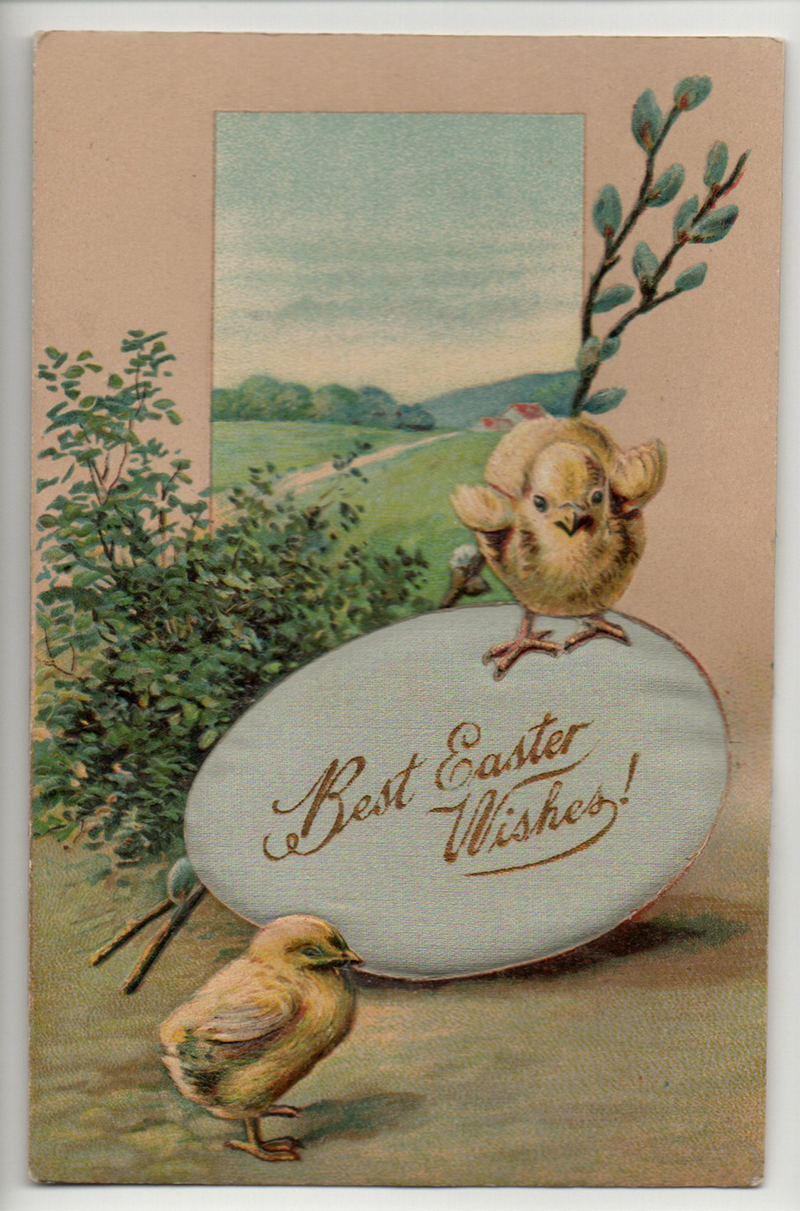
A Blend of Traditions
Both Easter eggs and the Easter Bunny are excellent examples of how different traditions—Christian, pagan, and cultural—merge to create something familiar yet deeply historical. While eggs symbolize life and resurrection, the rabbit represents fertility and renewal. Together, they encapsulate the essence of Easter: the celebration of hope, rebirth, and the arrival of spring.
Whether you’re hunting for eggs, enjoying chocolate bunnies, or simply spending time with loved ones, these traditions continue to bring joy to people of all ages, connecting the past with the present.
Happy Easter! 🐣🐰🌸

If you're looking to add to your collection, check out my eBay store ebay.com/usr/granitemom48
Sally has a passion for collecting and organizing Antique and Vintage shows. To become a vendor contact Sally Thompson at Granitemom@aol.com or call 913-488-3306
Antique Postcard Sells at Ebay
Some of the text content has been rewritten by AI.
Written by Sally Thompson
Related Articles
Related
Postcard Collecting: The Art and History of Deltiology
Postcard collecting, known as Deltiology, is one of the most popular hobbies in the world. The term comes from the Greek word deltion, meaning “small picture” or “letter,” and it refers to the study and collection of postcards. While postcards may seem like simple...
Timeless Antiques for a Functional and Beautiful Home
Antiques are more than just decorations—they tell stories, showcase fine craftsmanship, and bring warmth and history into our homes. Some of the most practical yet charming antique pieces include hanging shelves with drawers, glass storage canisters, and split oak...
Exploring the Beauty of Tea Leaf Ironstone
Tea Leaf Ironstone is a classic and highly collectible style of ironstone china that has captivated antique enthusiasts for generations. With its simple yet elegant copper luster leaf motif, it remains a beloved pattern among collectors and decorators alike. We’re...
Antique treasures
Antique treasures have a special way of connecting us to the craftsmanship and heritage of earlier times. Two remarkable finds, a traditional spinning wheel and a set of woven baskets, serve as a beautiful testament to the artistry and utility of past generations....
The Enduring Charm of Sunbonnet Babies
One of my favorite collectibles is anything featuring the charming Sunbonnet Babies. This beloved series, created by artist Bertha Corbett Melcher in the early 1900s, has captivated generations with its unique, faceless characters full of personality and charm.How It...
Enter for a chance to Win a Handcrafted Pyrography Box and Tickets to the Lawrence Antique & Vintage Show
Enter for a chance to Win a Handcrafted Pyrography Box and Tickets to the Lawrence Antique & Vintage Show0 Days Left to EnterThere's only 0 days left to enter our Lawrence Antique & Vintage Show Giveaway! Don’t miss your chance to win a beautifully handcrafted...

